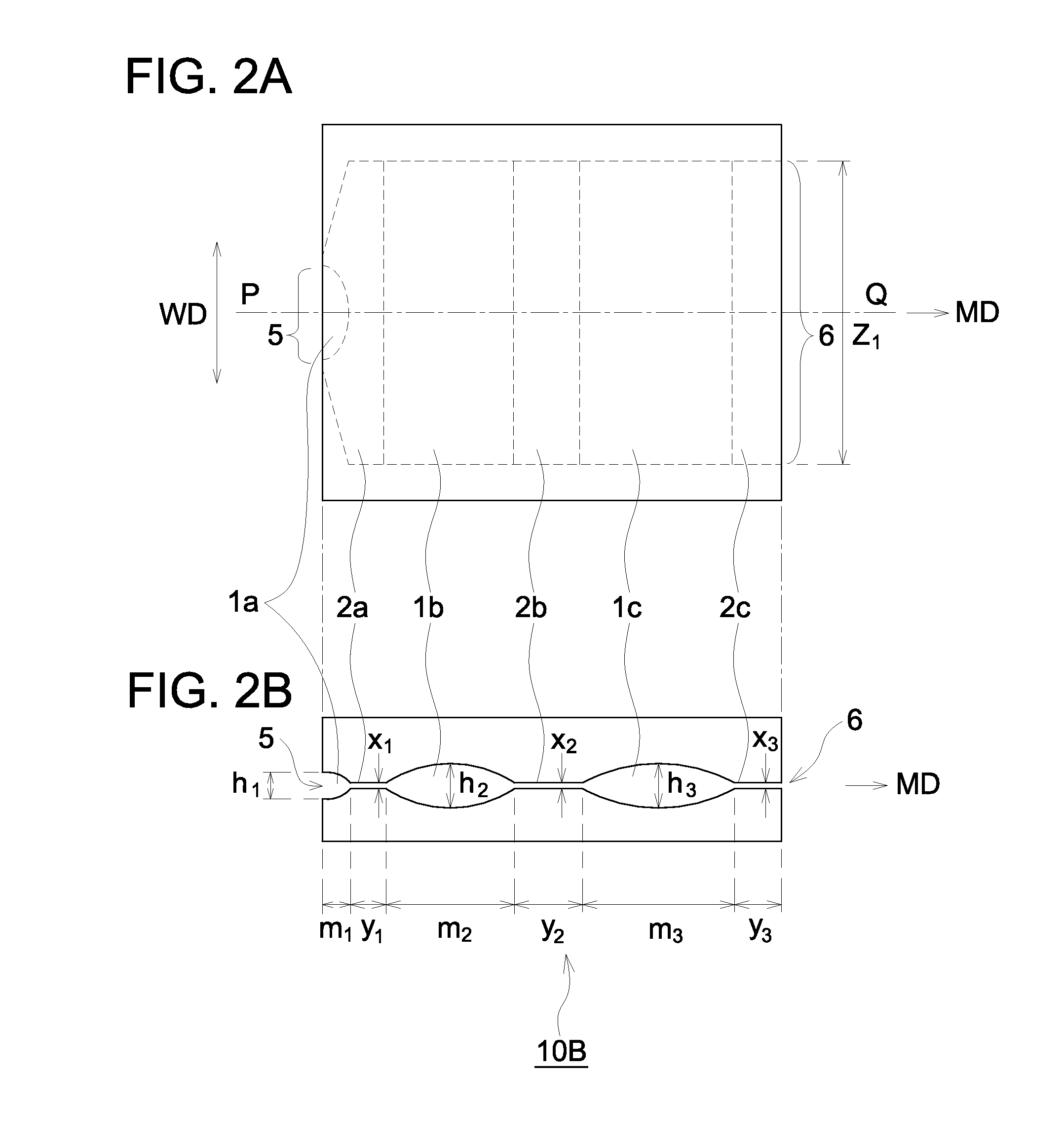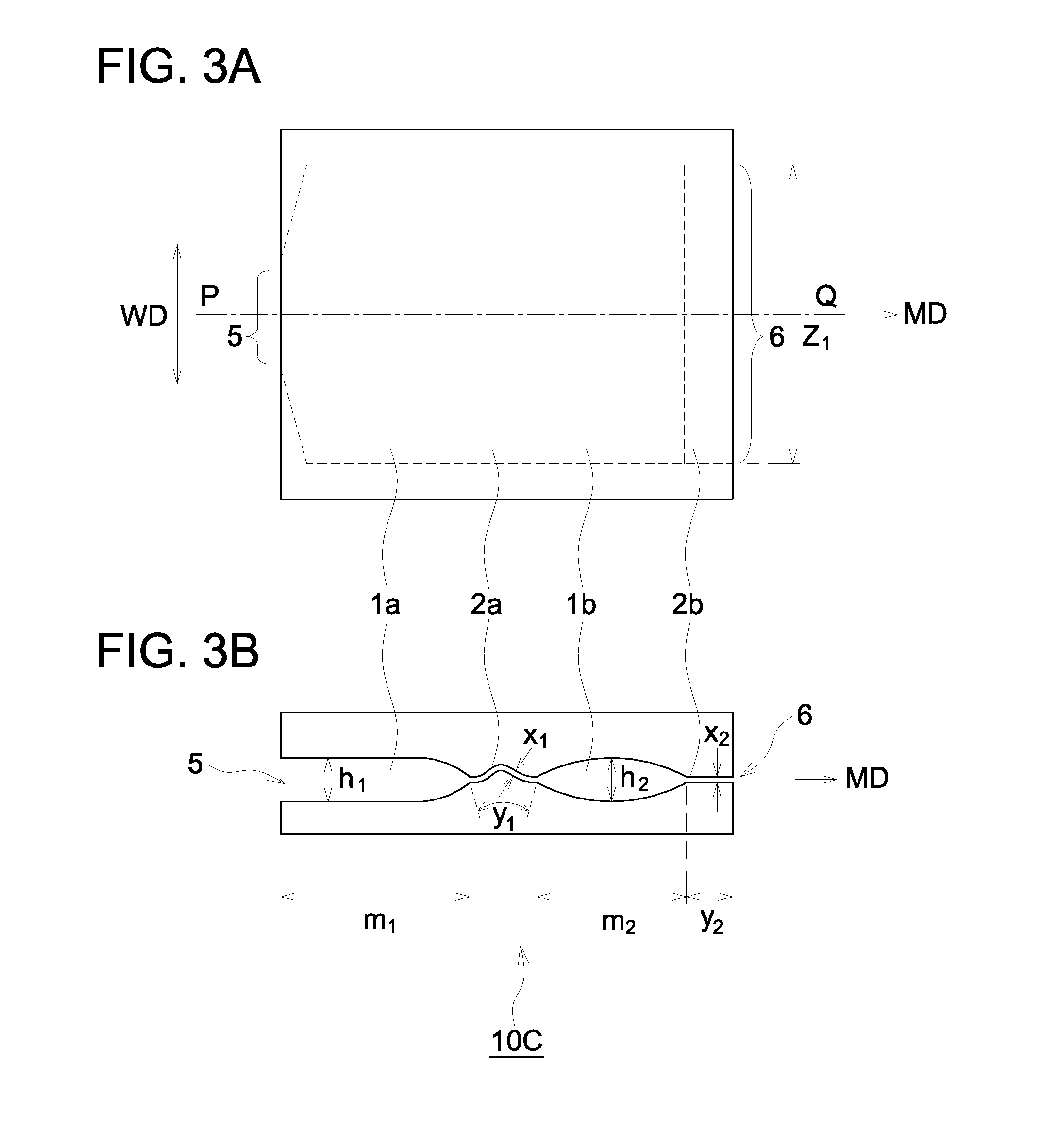Flame-retardant polyester resin composition
- Summary
- Abstract
- Description
- Claims
- Application Information
AI Technical Summary
Benefits of technology
Problems solved by technology
Method used
Image
Examples
examples
[0175]The present invention will now be described with reference to examples and comparative examples. However, it goes without saying that the scope of the present invention is not limited by the following examples unless the gist of the present invention is exceeded.
[0176]Initially, raw materials and a kneader used in the following examples and comparative examples will be described.
[0177](A) Component
[0178]PET: A polyethylene terephthalate resin pellet of an inherent viscosity of 0.78 dl / g, having a melting point of 267° C. and a glass transition temperature of 73° C. based on the same DSC method as described above.
[0179]R-PET (recycled polyethylene terephthalate): A flake-shaped pulverized article (washed article) of a size of 2-8 mm of used and discarded PET bottles featuring an inherent viscosity of 0.68 dl / g. Herein, the terminal point temperature (melting point) of the crystal melting peak of this PET flake at a rising temperature rate of 20° C. / minute was 263° C., based on ...
PUM
| Property | Measurement | Unit |
|---|---|---|
| Temperature | aaaaa | aaaaa |
| Fraction | aaaaa | aaaaa |
| Time | aaaaa | aaaaa |
Abstract
Description
Claims
Application Information
 Login to View More
Login to View More - R&D
- Intellectual Property
- Life Sciences
- Materials
- Tech Scout
- Unparalleled Data Quality
- Higher Quality Content
- 60% Fewer Hallucinations
Browse by: Latest US Patents, China's latest patents, Technical Efficacy Thesaurus, Application Domain, Technology Topic, Popular Technical Reports.
© 2025 PatSnap. All rights reserved.Legal|Privacy policy|Modern Slavery Act Transparency Statement|Sitemap|About US| Contact US: help@patsnap.com



